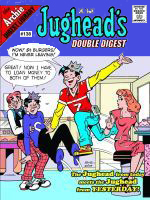Review: ‘All Star Batman and Robin Vol. 1’
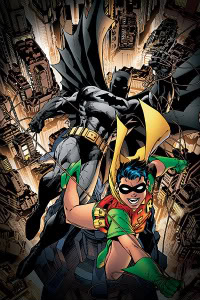 A couple years ago, back when Frank Miller and Jim Lee’s All Star Batman and Robin
A couple years ago, back when Frank Miller and Jim Lee’s All Star Batman and Robin started inconsistently shipping, I read the first few issues and then waved the series off. I hated it so much I added an extra “S” and started referring to it by the acronym ASSBAR.
At the time, it seemed like a good portion of comics critics felt similarly about the book. Then a curious thing happened. More and more reviewers started to come around to the new, harsh [[[Batman]]] that called Robin “retarded” and tried to kill cops.
Now with the first volume conveniently collected, I decided to revisit the series. Had it improved? Had I just given up to early? Or was it still ASSBAR?
As much as I love that nickname, I may have to retire it, because this series is not as bad as I first thought. Miller displays a near-mastery of pulp dialogue and narration, and Lee proves what everyone already knows, that he’s a master draftsman of superhero comics.
In case you’re one of the select few who haven’t read the book, it’s a wholly new take on Batman’s first years, and he’s portrayed as essentially a psycho. Which, in a lot of ways, makes sense. You have to be pretty nuts to put on tights and kick the crap out of muggers.
But Miller pushes it to ugly extremes, with Batman kidnapping Dick Grayson and forcing him into the war on crime, nearly killing fellow superheroes and possibly killing corrupt police officers. This Batman is completely unhinged, which becomes fully apparent in a later issue when the Joker appears and seems sedate by comparison.
Now, this is what Miller does well, crackling along at the harsh edge of humanity as he has in Sin City, 300
and elsewhere. But there are two inherent problems: First, this goes against every incarnation of Batman we’ve seen and degrades the character. Second, and most importantly, that degradation doesn’t work because it’s paired with Lee’s artwork.

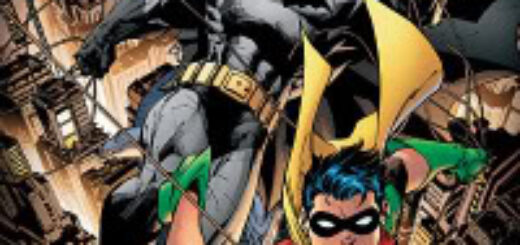
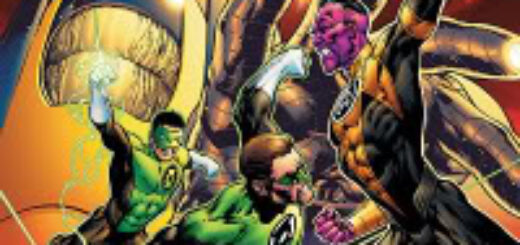
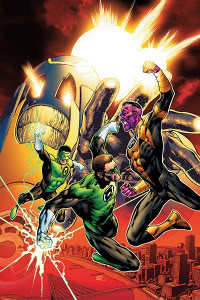 This past weekend at Heroes Con, a panel of some of comics’ biggest stars weighed in on collaboration and, eventually, the art of the crossover.
This past weekend at Heroes Con, a panel of some of comics’ biggest stars weighed in on collaboration and, eventually, the art of the crossover.
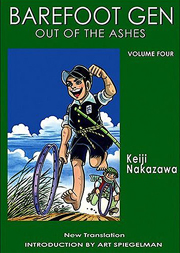 I don’t know when I first saw an English edition of Barefoot Gen. It was probably sometime in the mid 70s, when I was editing for the modest enterprise that has become the mighty Marvel Entertainment. In those days, a lot of stuff crossed editorial desks and we read most of it, if not all. So: Japanese comics? Sure, I’ll give it a look. It was probably my first experience with manga and I remember feeling a mild taste of cognitive dissonance – a perceived disconnect between subject and form. (I am choosing to ignore, because it’s a bit off-subject, the hybrid of cartooning and illustration that’s most superhero art.)
I don’t know when I first saw an English edition of Barefoot Gen. It was probably sometime in the mid 70s, when I was editing for the modest enterprise that has become the mighty Marvel Entertainment. In those days, a lot of stuff crossed editorial desks and we read most of it, if not all. So: Japanese comics? Sure, I’ll give it a look. It was probably my first experience with manga and I remember feeling a mild taste of cognitive dissonance – a perceived disconnect between subject and form. (I am choosing to ignore, because it’s a bit off-subject, the hybrid of cartooning and illustration that’s most superhero art.)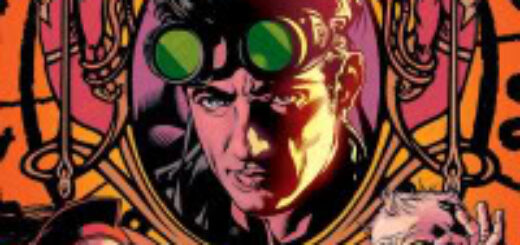
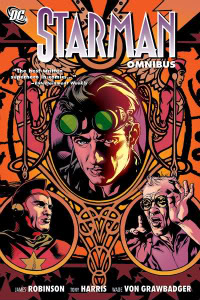 The true measure of James Robinson’s
The true measure of James Robinson’s 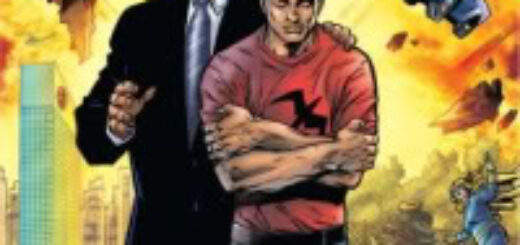
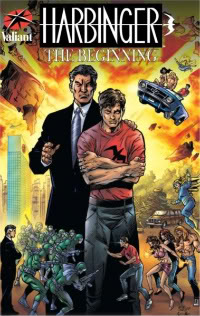 I had forgotten how much superhero comics had changed in the past 15 years when I picked up Valiant’s new
I had forgotten how much superhero comics had changed in the past 15 years when I picked up Valiant’s new  Jack Ryder’s parentage certainly predicted his future—his father was the publisher of a successful union dispatch, while his mother suffered paranoid schizophrenia and died in an institution while Jack was still a child.
Jack Ryder’s parentage certainly predicted his future—his father was the publisher of a successful union dispatch, while his mother suffered paranoid schizophrenia and died in an institution while Jack was still a child. 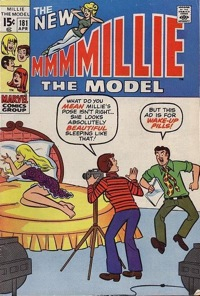 So the third New York Comic Con is one for the annals and I have stopped twitching.
So the third New York Comic Con is one for the annals and I have stopped twitching.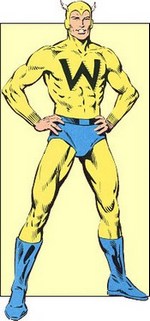 You know you’ve talked about it with your friends. "Mr. Fantastic? He’s got, like, 17 doctorates… Shouldn’t he be ‘Doctor Fantastic’ by now?" And let’s not forget "Captain Marvel, Junior." Captain Marvel’s not his father. What gives? And what’s the deal with that Golden Age aquatic hero who called himself "The Fin?"
You know you’ve talked about it with your friends. "Mr. Fantastic? He’s got, like, 17 doctorates… Shouldn’t he be ‘Doctor Fantastic’ by now?" And let’s not forget "Captain Marvel, Junior." Captain Marvel’s not his father. What gives? And what’s the deal with that Golden Age aquatic hero who called himself "The Fin?"
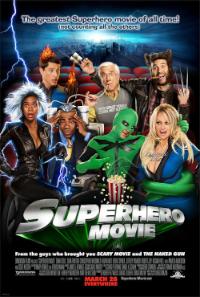 To begin with, this movie isn’t terrible. But before we get into that, a brief history lesson:
To begin with, this movie isn’t terrible. But before we get into that, a brief history lesson: